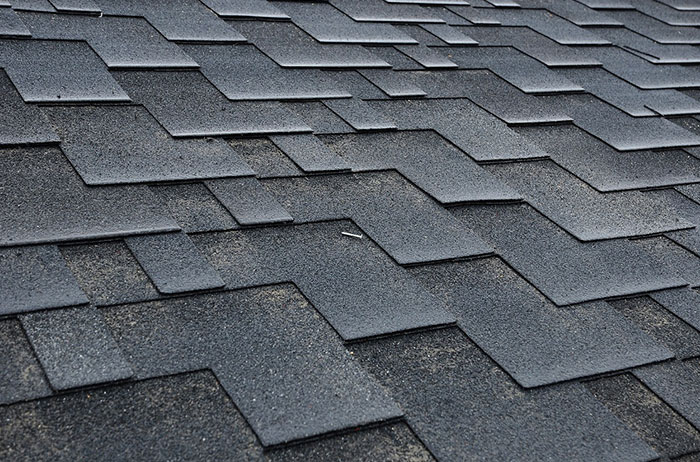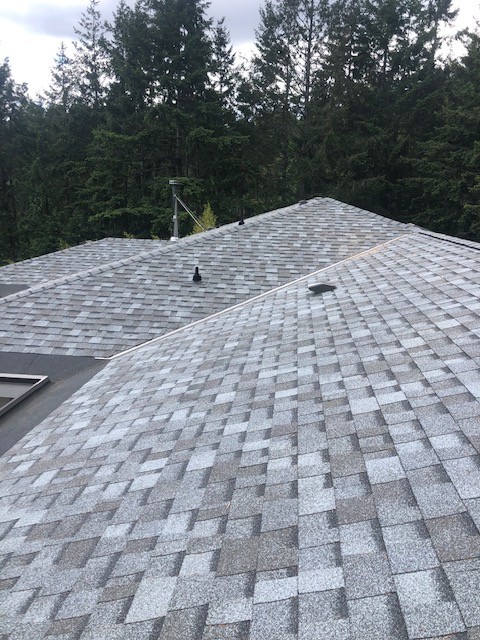If you are new to house roofing, there is a high chance that you have heard about Shingle and membrane roofing but may not know the difference between the two. When it comes to house roofing, there are different types of roofing materials, and of course, each has attributes that differentiate them from another. Also, when it comes to house roofing, the types of materials that will be used will depend solemnly on some factors such as the location of the house, your budget as a house owner, what the building will be used for, the structure of the house, and finally, the local building codes.
Shingles and Membrane roofing are the two categories that have been dominating the entire roofing market for some years now when it comes to house roofing materials. We can attribute their dominance to the types and qualities of roofing products that fall under the two categories. For example, under shingle roofing, we have Wood Shingles & Shakes, Asphalt Shingles, etc.
However, as we mentioned earlier, roofing products under Shingle and Membrane roofing function differently. And for that reason, we will differentiate between the two categories in this article.
What is Membrane Roofing?
Also known as Rubber roofing, membrane roofing is produced using chemicals known as monomers, slate dust, sawdust, and recycled tires. They are also referred to as “ethylene propylene diene terpolymer” roofing. They are called rubber roofing because they are produced using chemicals used in rubber production. Membrane roofing is mostly famed for its multipurpose nature: it can be placed on top of a Shingle roof and used independently on the roof.
Another point to note is that rubber roofing is the least expensive roofing material out there for a landslide. Roofing products in this category typically cost less than their counterparts in other categories. And although they are pocket friendly, they are still beautiful and perform the same function as others.
However, unlike Shingle roofing which we will discuss after this, membrane roofing excels better in flat or low slope roof situations. Membrane roofs can function anywhere in commercial buildings, residential buildings, etc. In commercial buildings, for example, they can be used for the rare adjoining roofs and the overside, etc. While in residential buildings, they can be used in roofing your porches, under decks, pavers, and sunrooms, amongst others.
Types Of Membrane Roofing
If you have decided to Invest in membrane roofing and are confused about which membrane roofing products you should opt for. Then this section is for you as we have done the hard work compiling a short list of some of the best flat roof membrane materials.
So, without any dilly-dally, read further to know more about their benefits and purposes.
-
Ethylene Propylene Diene Terpolymer (EPDM)
One thing to make EPDM a top choice is its durability and the ability to recycle it. Ethylene Propylene Diene Terpolymer (EPDM) is produced using rubber compounds instead of plastic compounds. EPDM comes in different colors, sometimes black and sometimes white. It is estimated that they can last for 30 years or thereabouts, a testament to how durable the product is. However, if it is not installed correctly, the adhesive-treated seams can become vulnerable to damage as time goes on.
-
Thermoplastic polyolefin (TPO)
TPO is another popular product in the membrane roofing category. Unlike Ethylene Propylene Diene Terpolymer (EPDM), which comes in black and white, TPO, on the other hand, comes only in white, which helps keep the house cool. And just like EPDM, TPO is durable as long as it is adequately maintained. It is estimated that TPO can function properly for 20-30 years, provided they are correctly installed. Lastly, TPO is a budget-conscious choice for businesses because, unlike others, they exceed the current energy efficiency standards recommended by the US Department of Energy.
-
Polyvinyl Chloride (PVC)
This ply membrane is similar to TPO in appearance and energy efficiency. It is durable as long as it is installed properly and can also be recycled into other things. PVC is slightly more environmentally friendly than EPDM and TPO because of its low petroleum content. One disadvantage, though: PVC is far more expensive than Thermoplastic polyolefin (TPO).
-
Bitumen
The three types I listed above are mostly used in commercial buildings, but modified Bitumen, on the other hand, is mainly used in residential roofs. They typically consist of 5 layers of asphalts, making them perfect for harsh weather conditions such as excessive heat, storms, thunderstorms, etc.
What Is Shingle Roofing?
Asphalt Shingles roofs, for example, are produced using asphalt-saturated fiberglass and granules of rock. And just like every other shingle roof, they are used in commercial and residential buildings. While Membrane roofs are used in flat roofs, shingle roofs, on the other hand, are used in sloped roofs.
Types Of Shingles
And as you’d expect, there are different roofing products in this category. We shall briefly explain some of them.
-
Asphalt Shingles
Presently, Asphalt shingle is the most popular roofing material on the market. It is mostly used in residential roofing rather than commercial roofing. It typically consists of mineral granules, layers of asphalt, and a fiberglass mat. Asphalt Shingles come in different colors. All you have to do is pick the one that matches your style or home interior.
-
Wood Shingles & Shakes
As the name implies, wood Shingles are produced using all kinds of woods such as cedar, southern pine, etc. However, the usage of this wood shingle is limited. Unlike other shingles that are used in new roof construction/installation, wood Shingles are instead used to repair old and historical roofs.
-
Synthetic Roofing
Synthetic roofs are produced with recycled materials and are not as common as others. For one, we can attribute that to its price in the market. But if we are to dig deeper, it is very uncommon because of how hard it is to install. Therefore, when it comes to this type of roofing, we often advise people to hire contractors who are experienced in this type of material. However, one advantage that makes this type of roofing a worthy investment is its 40-60 years life span.
Conclusion
Now that you know the difference between Shingle and membrane roofing, the types and advantages of products in each category. If you are still undecided on the type of material that best complements your residential or commercial building, don’t hesitate to contact us at Shoreline Roofing. We will help you determine the most durable and pocket-friendly roofing solution for all your roofing projects.



